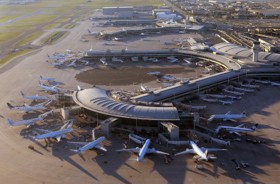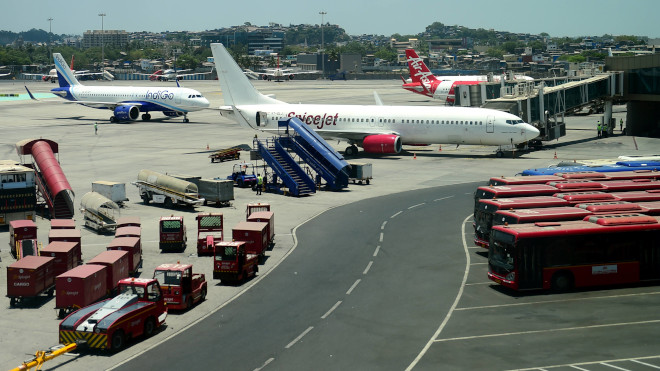NEW DELHI (BNS): The Indian contingent at US air force base in Nellis, Nevada, taking part in the exercise Red Flag, has taken a plunge into the final phase of the simulated war games, where a modern day air campaign is replicated to bring the best out of fighter pilots.
The entire Indian team of eight Su-30 fighters, two IL-78 mid-air refuellers and transporter IL-76 is participating in the final phase, called the "run" segment. The exercise follows the crawl, walk and run pattern, signifying the tempo of work that
increases with every phase.
Like any other exercise, the forces are divided into aggressors and defenders. The aggressors in the run phase at Nevada would be F-16s and F-15s fighter jets. They are the air to air and air to ground threats to the Blue Land (as the defenders have been christened) and its land forces.
As in a real battle scenario, the opponent Red Land force keeps moving its surface to air missiles making the detection difficult. The Blue forces have to clear the air space by destroying "enemy" airfields, aircraft and missile launchers – a task just meant for fighter jets. Su-30 MKIs are flying side by side with F-15s and F-16s at the Red Flag in the strike role. They are also accompanied by Prowlers of US navy, Rafales of the French Air Force and F-15s flown by the Korean air force.
The fighter force is assisted by KC-135 and IL-78 refuellers. The operations are planned and controlled at air borne early warning systems, better known as eye in the air, deployed by US air force. The Compass Call of USAF, a Boeing aircraft, is used for electronic warfare.
Like in any other war, the attacks are planned on the basis of intelligence inputs. Spies are deployed by Red Forces to make inroads into the security set up of their opponents. One has to be careful of the moles like in actual war.
It might not be an actual war but it is very close to it. Every personnel involved in the operation has a task and it is this team work which could be a crucial factor in winning or losing. The use of technology in effective manner and the network centricity of operations is the key for scoring the kills.
For the IAF, one of the most challenging tasks during the drills was to adapt to the USAF network. The young IAF pilots have been able to perform their duties and would surely come out with flying colors, feel officials.
A word of praise for the IAF team came from captain Marcus 'Spike' Wilson of the USAF: "IAF is a world class Air Force with great aircraft and great leadership. It's a great training opportunity for USAF and IAF to integrate our assets in training environment. We would like to have IAF here as a regular participant."
IAF gets ready for the final phase of Red Flag
Article Posted on : - Aug 23, 2008
Other Related News
More planes, flights, airports to brighten Indian aviation in 2025; supply chain shadows remain
The trails of mega-mergers, tailwinds of expanding fleets, flights and airports will dot the fast-growing Indian aviation firmament in 2025, though the dark clouds of supply chain woes will persist longer. Also, new airline takeoffs, the future trajectory of revised norms to tackle pilot fatigue and efforts to reduce carbon emissions will be on the radar.
 Next Article
Next Article











The Indian Air Force, in its flight trials evaluation report submitted before the Defence Ministry l..
view articleAn insight into the Medium Multi-Role Combat Aircraft competition...
view articleSky enthusiasts can now spot the International Space Station (ISS) commanded by Indian-American astr..
view article